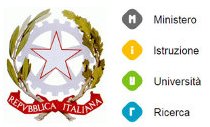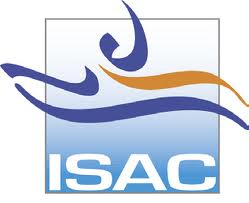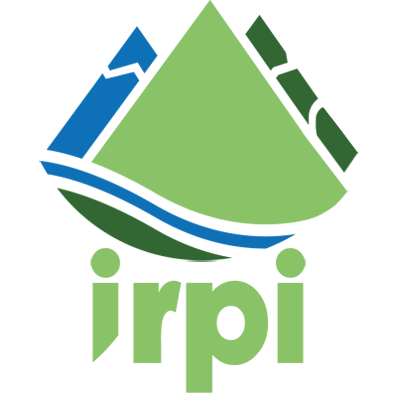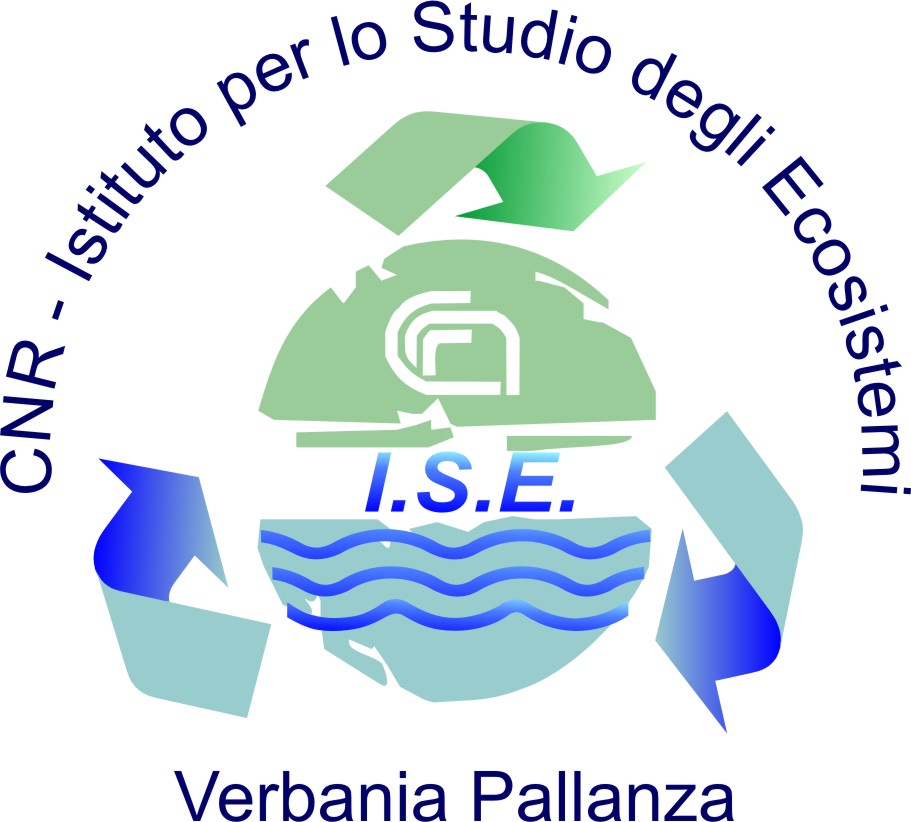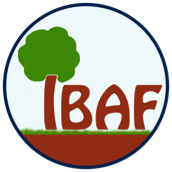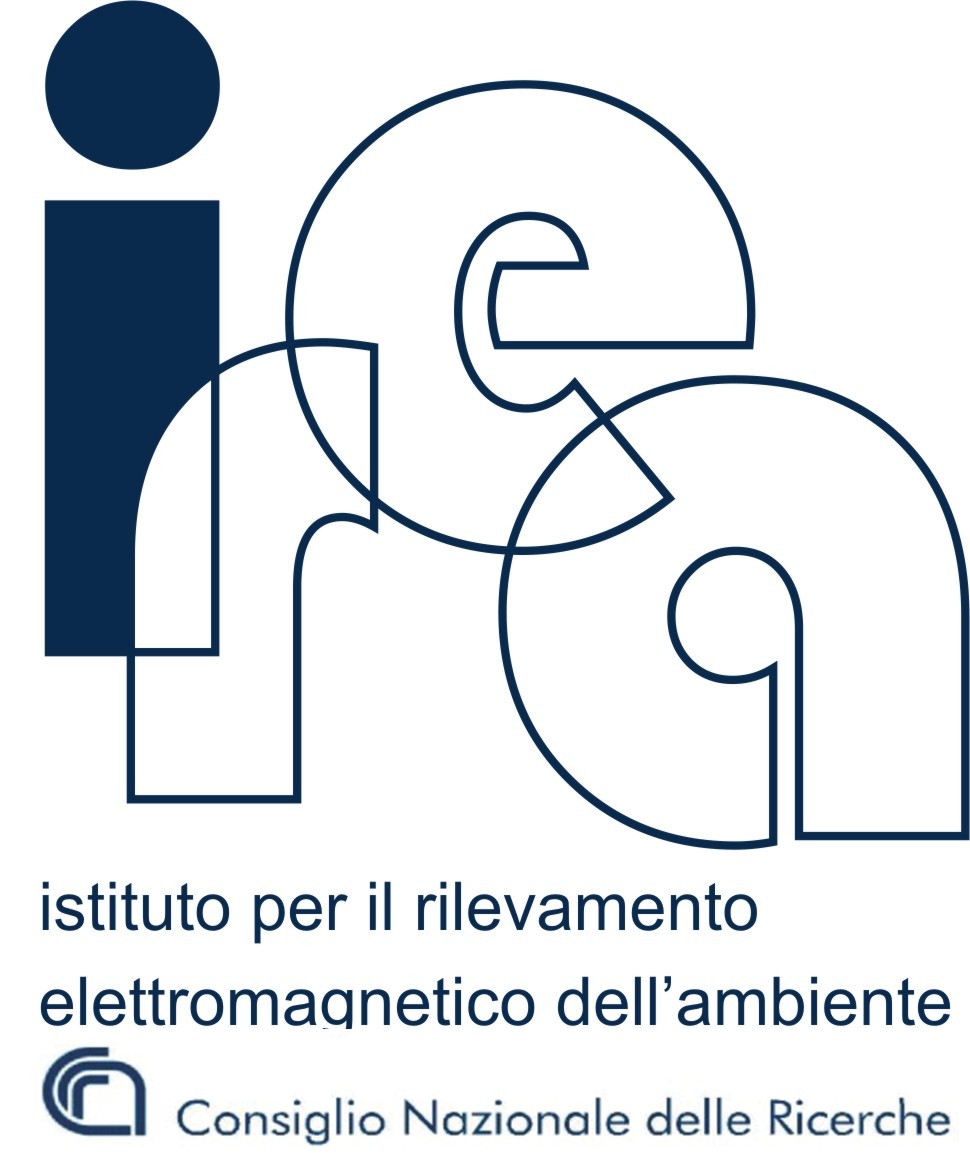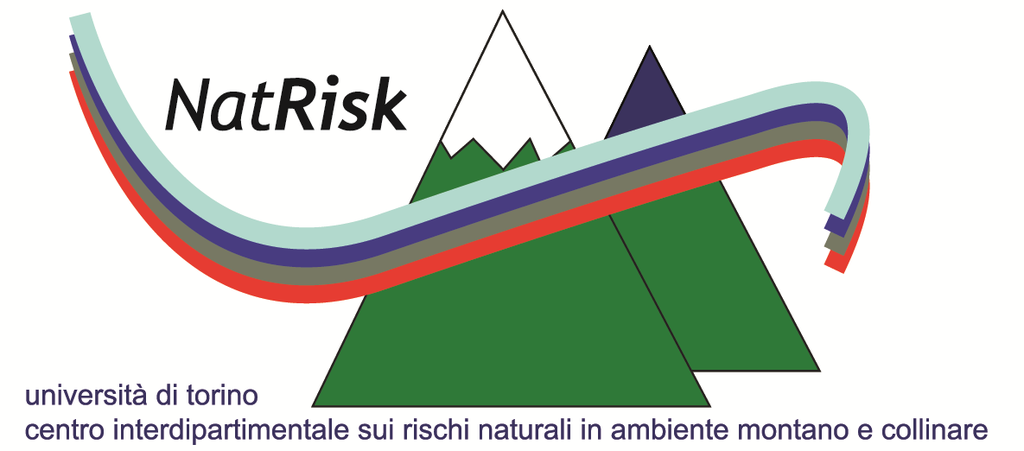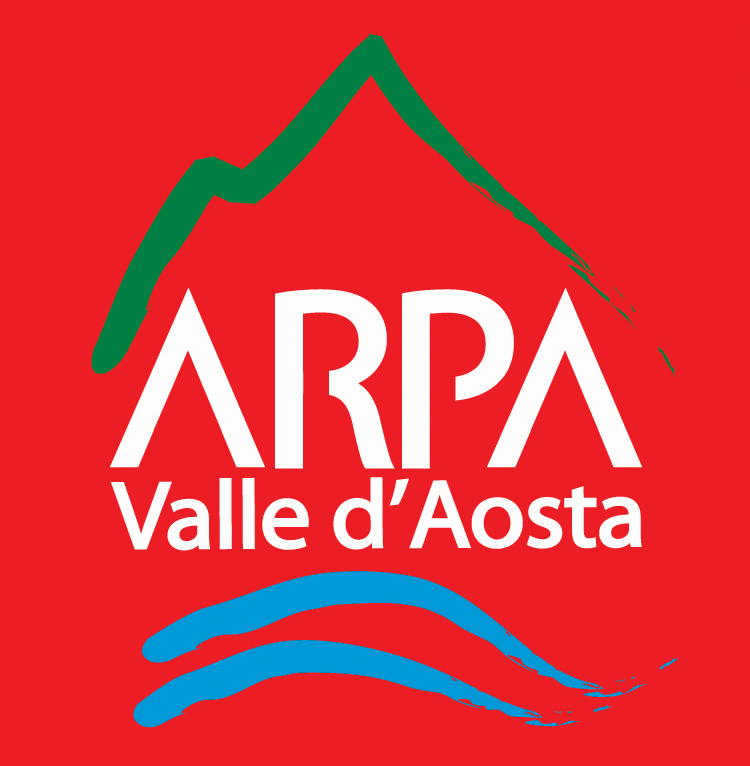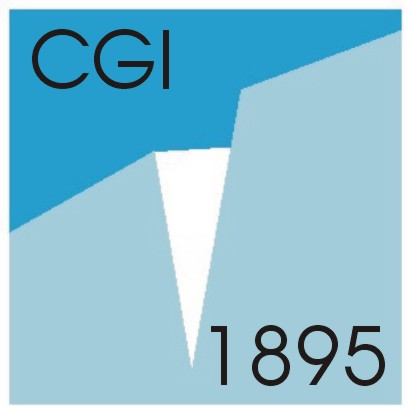You are here
Realization of future projections for climatic and environmental conditions in Italian mountain areas
As part of the project NextData, climatic projections with high spatial and temporal resolution have been developed and produced, which have enabled an in-depth study of the climatic characteristics of areas with complex orography, such as the Alpine region, with particular attention devoted to extreme events. Specifically, climate scenarios have been created on a Mediterranean basin scale obtained with global and regional, coupled ocean-atmosphere models, with horizontal resolutions ranging from about 100 to about 10 km.
The relatively high spatial resolution and the high temporal resolution (6 hours) of the data considered allowed a detailed analysis of the climate variability projections over the next decades for the areas of interest of the project. Furthermore, simulations of the meteo–climatic conditions performed at very high resolution (1 km) for specific mountain areas, have made available very high–quality climate data, used then for the realization and study of impact scenarios in different sectors, such as, for example, the Alpine hydrological cycle and ecosystems. Finally, with the aim of realizing future climate scenarios and associated impacts in environmental conditions in mountain areas of the Italian peninsula, a number of "downscaling" tools have been developed and implemented. These tools, using different methods and techniques (dynamic, statistical and stochastic), are able to generate climatic data that can reach very high spatial (e.g.,1 km) and temporal (e.g., 3 hours) resolutions, using existing simulations originally conducted at much coarser resolutions. Dynamic downscaling is performed by inserting a high–resolution limited area model (coupled ocean–atmosphere or atmosphere only) into global re-analyses or fields provided by a global climate model, which are then used as boundary conditions. Several dynamic downscaling simulations performed at high and very high–resolution for the Italian mountainous areas have been conducted and made available in the context of NextData, and can be downloaded from the project archives. Furthermore, many of these simulations have also contributed to international downscaling programs such as CORDEX (https://www.cordex.org/) and MedCORDEX (https://www.medcordex.eu/).
In the NextData project, special attention has been devoted to stochastic downscaling techniques, which allow the creation of high resolution precipitation scenario ensembles, requiring little or no calibration. In particular, within the project, the technique called RainFARM has been further developed for applications in the climatic field and validated with observations in north-western Italy. A web-based downscaling tool based on RainFARM is made available online via the NextData website.
The climate scenarios produced with numerical models are generally characterized by systematic errors that make it difficult their application to impact assessments. For this reason, the output data of the models used to produce the climate scenarios, generally, are further processed to eliminate or at least reduce the systematic errors, by means of "bias correction" techniques.
As part of NextData, studies have been conducted to compare different bias correction methods applied to climate data (especially temperature and precipitation) obtained from regional models for the Alpine region. The data corrected by these methods are available through the project's data portal at this link, whereas here it is possible to find a presentation and discussion of the methods used.
Climate projections have been used to assess the impacts on water resources and ecosystems, for this purpose, the following models were developed within the project:
-
models of Alpine glaciers (Minimal Glacier Models, Flowline models, empirical models): fluctuation of glacial fronts and mass balances with annual resolution;
-
deterministic models of snow cover in sample sites able to describe the main thermodynamic processes of the snowpack;
-
models of surface hydrological response based on semi–distributed approaches in sample sites (flow-runoff models);
-
underground aquifers: deterministic models in sample sites, and semi–empirical models at regional scale developed in collaboration with water management companies;
-
empirical models of response of mountain animal biodiversity to climate and environmental changes;
-
empirical models of population dynamics for characteristic animal species (keystone and flagship);
-
deterministic models of water and carbon flows between soil, vegetation and atmosphere in alpine prairie sites and in mountain forests;
-
deterministic and process models of the dynamics of high altitude mountain lake ecosystems able to describe the trophic network;
-
models of distribution of sample species in Italian mountain areas.

